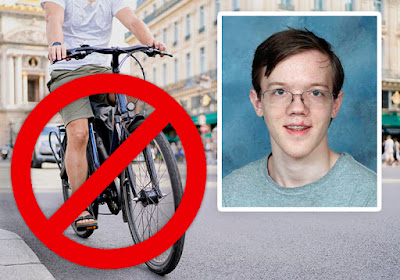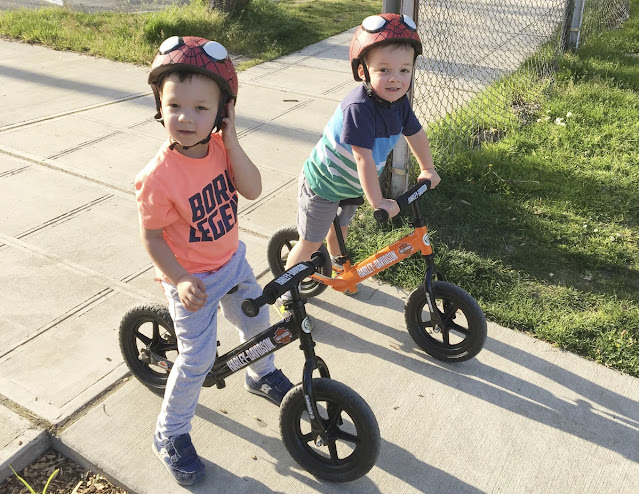So…What’s it like to ride with the guy next door?
I found out, sort of this past Sunday: I took a spin with a man who lives a few floors below my “penthouse.”
That I have been riding nearly every day hasn’t gone unnoticed by other residents of my senior (don’t tell anybody!) residence. One, whom I’ll call Sam* asked whether we could “just go out and ride, to no place in particular.” Not knowing him, I wasn’t sure of what to make of his proposal. Not knowing any other cyclists—or anyone else—very well, I thought “Why not?”
So, our journey—me, on Tosca, my Mercian fixed gear bike and him, on a Roadmaster ATB he bought on Amazon, began around 9 am. I took him up to Mosholu Parkway, where a bike-pedestrian lane splits the shoestring park that splits the north from the south side of the road. Riding west takes you to Van Cortlandt Park. We went east—not very far—to Southern Boulevard and the Botanical Garden gate. It allowed us to bypass two very busy intersections where traffic enters and exits a highway, and enter the Bronx Park path to Pelham Parkway.
I took him along what has become one of my early morning rides to City Island. He’d been there before, he said, but not on a bike.
From there, we pedaled back over the bridge to Pelham Bay Park,which is three times the size of Manhattan’s Central Park. From there, I took him through neighborhoods that line the Hutchinson and Bronx Rivers and Long Island Sound. (One of those neighborhoods is, believe it or not, called “Country Club.”)
The day grew hotter and the sun bore down on us. He seemed to take the weather better than I did, but he said he was impressed with my riding “on a bike you can’t coast.”
I must say that I had all the more reason to be impressed: He simply wanted to keep on riding. Whatever his bike or strength, that told me he is certainly a cyclist at heart.
When we reached SUNY Maritime College, he confessed that he, a lifelong Bronx resident, had never seen it—or, more important, the rather scenic waterfront—before. He also had never been in Country Club, with its huge houses, some of which wouldn’t look out of place in “The Great Gatsby.” After our ride, I realized that while he is a Bronx “lifer,” he rarely, if ever, had seen anything east of the Bruckner Expressway. That made me think of my experience of living in Brooklyn until I was 13: I really didn’t know anything beyond my immediate neighborhood until I returned as an adult. As I once told somebody, I’d crossed the ocean before I’d crossed Ocean Parkway.
A journey takes you to some place where you’ve never been, where it’s on the other side of the world or a part of your home—or yourself—you’ve never seen before. For me, that—and not the number of miles or kilometers or how much time —is cycling. And, I feel that is what I experienced on a ride with a new neighbor.
*—I have given him a pseudonym because I’m not sure of how much he would want me to reveal about him.


































